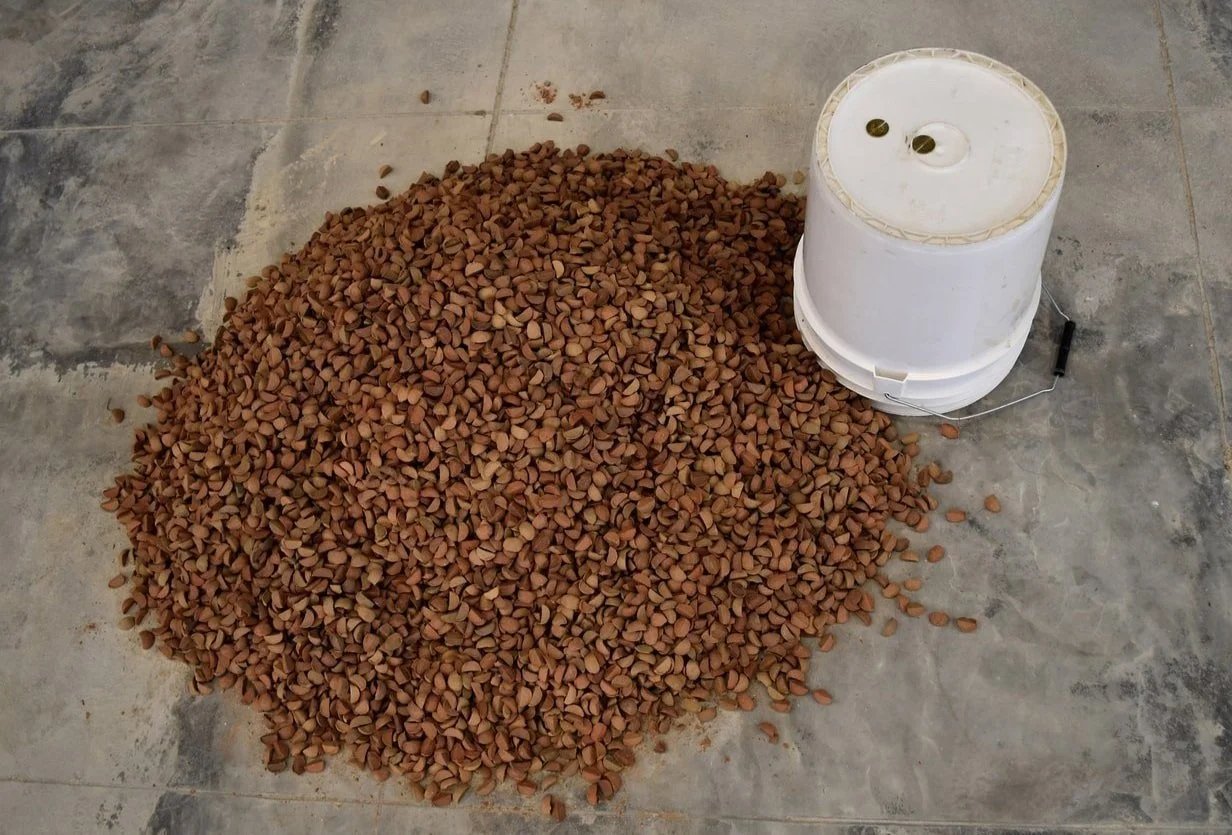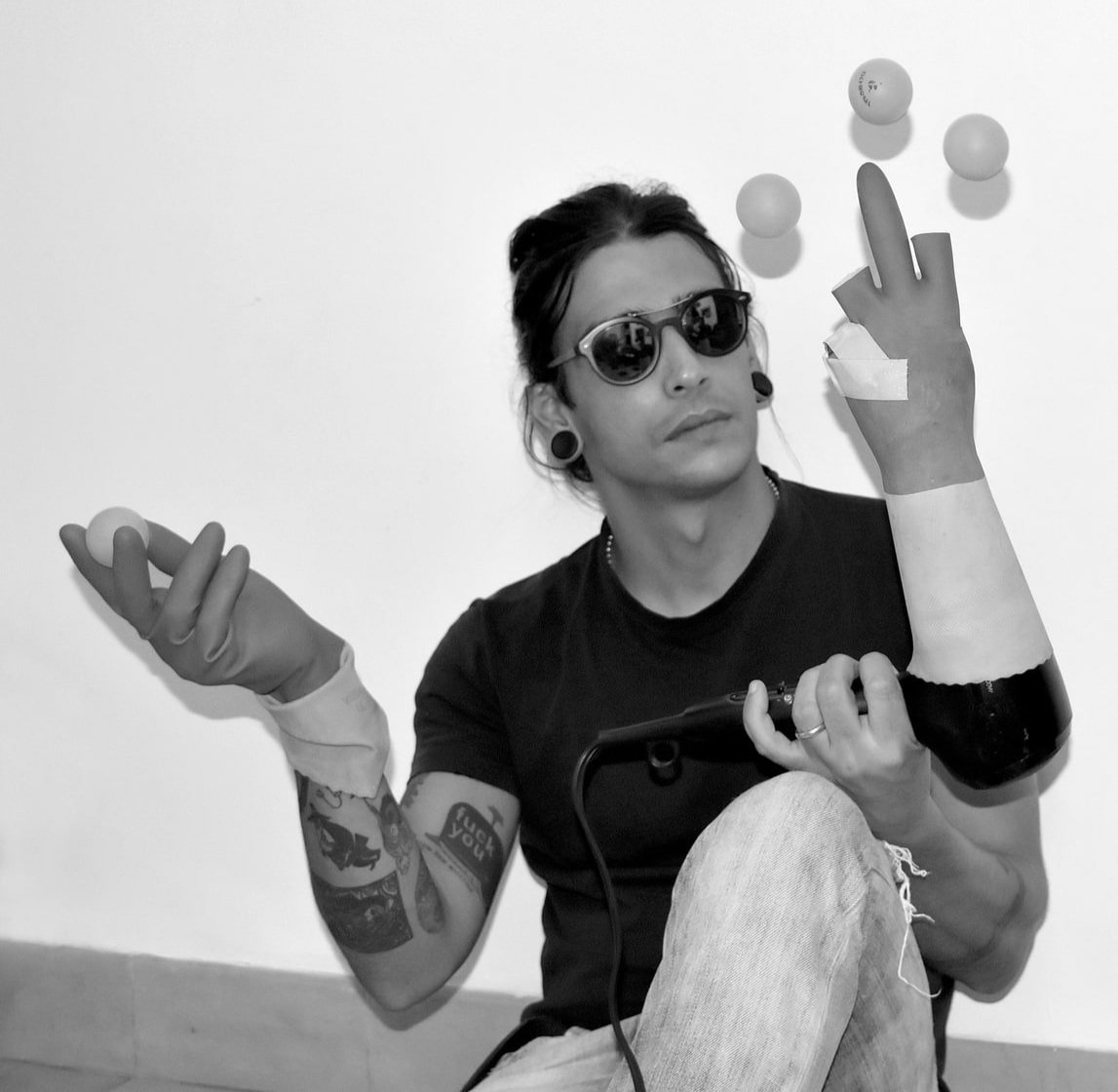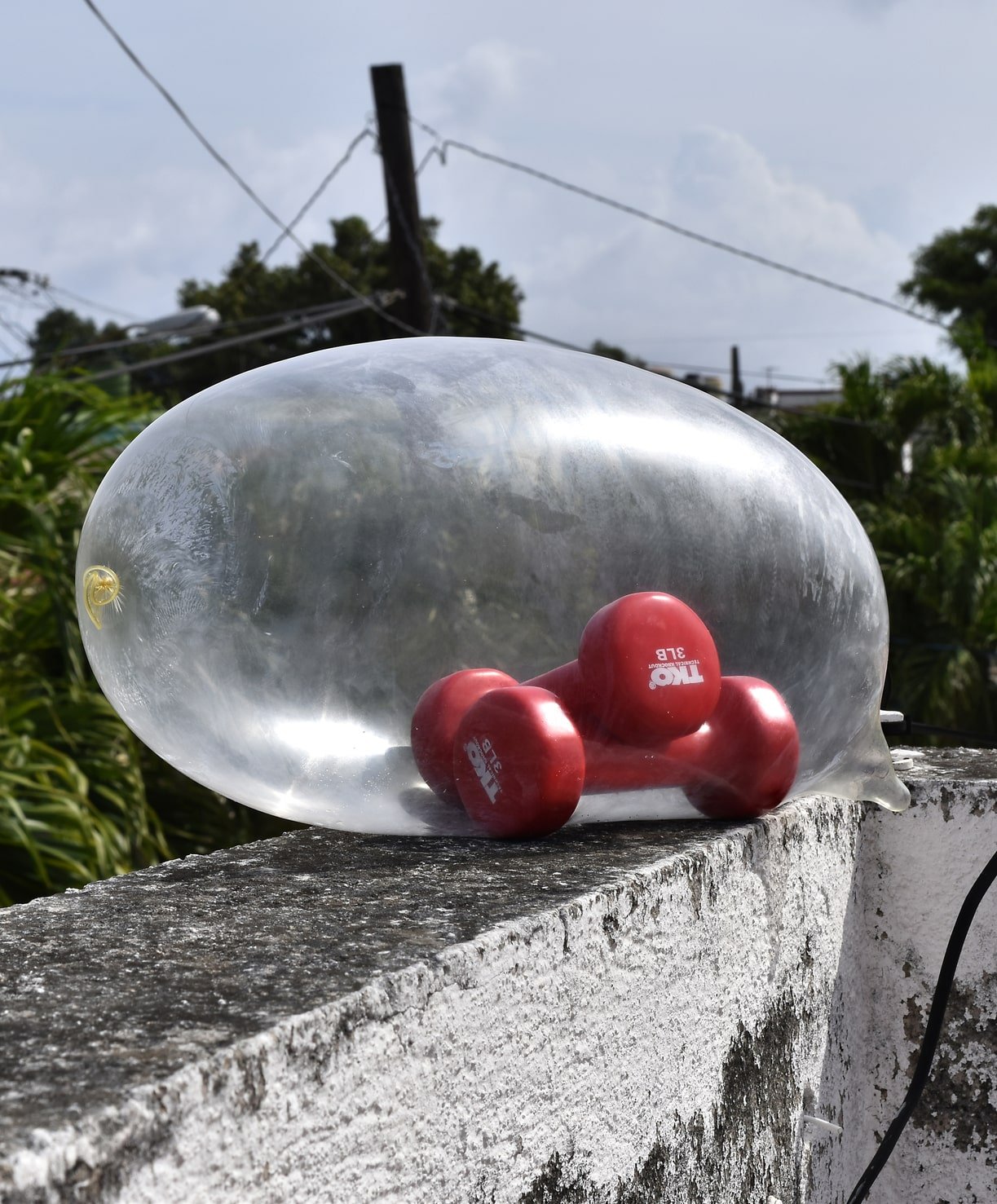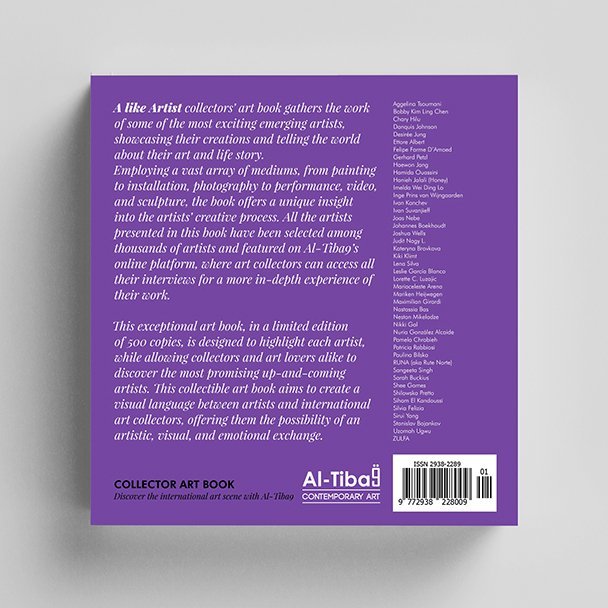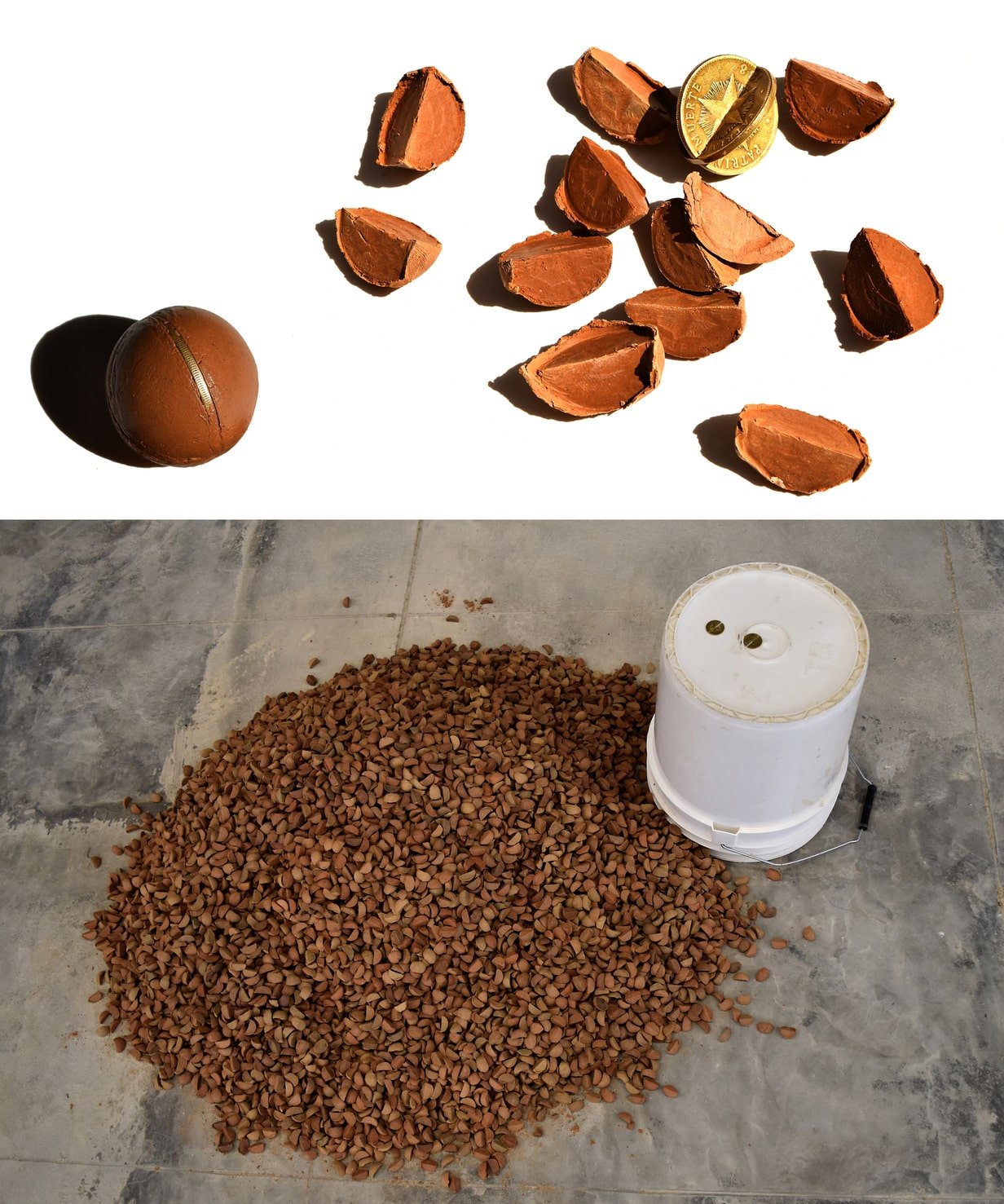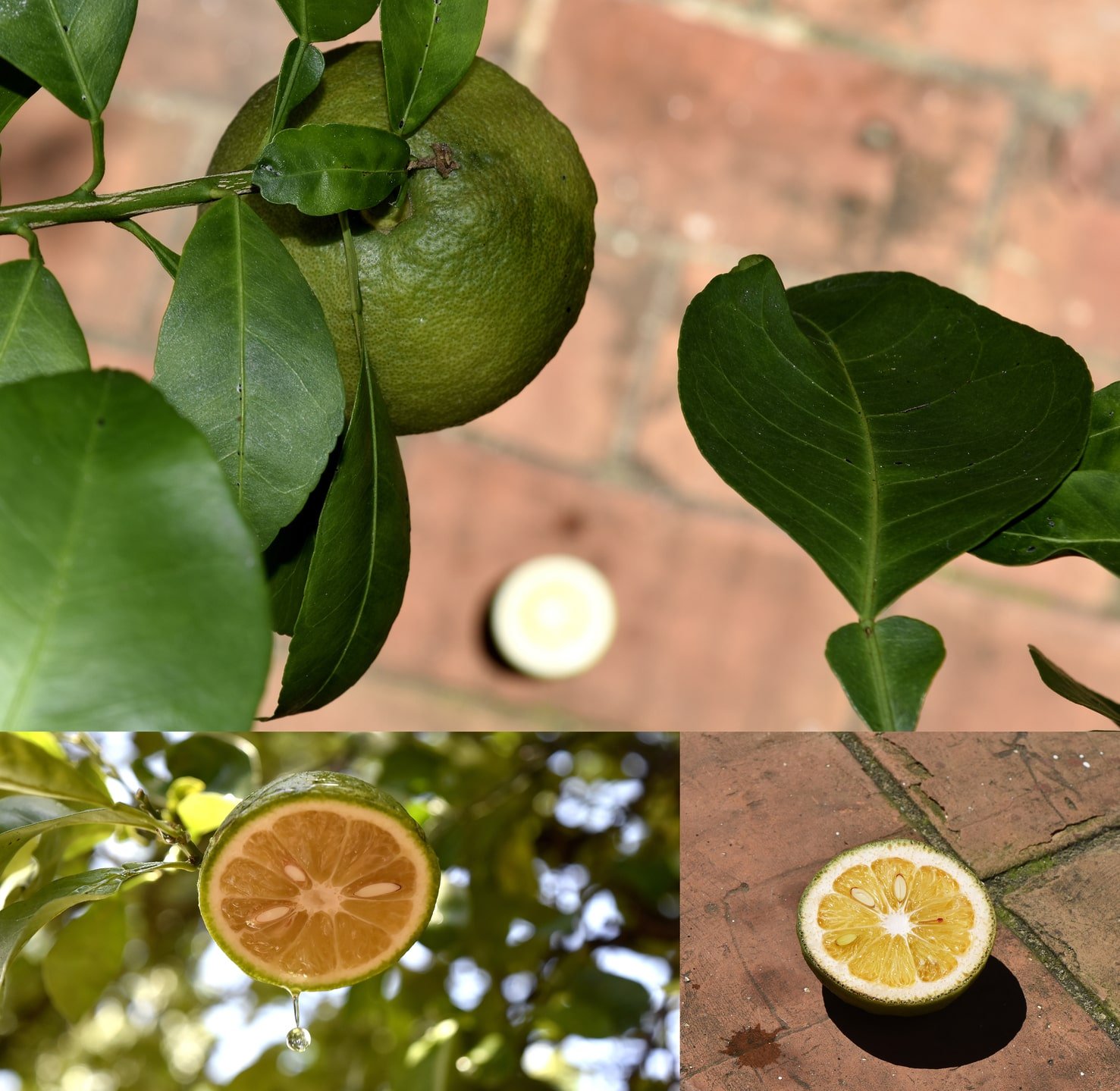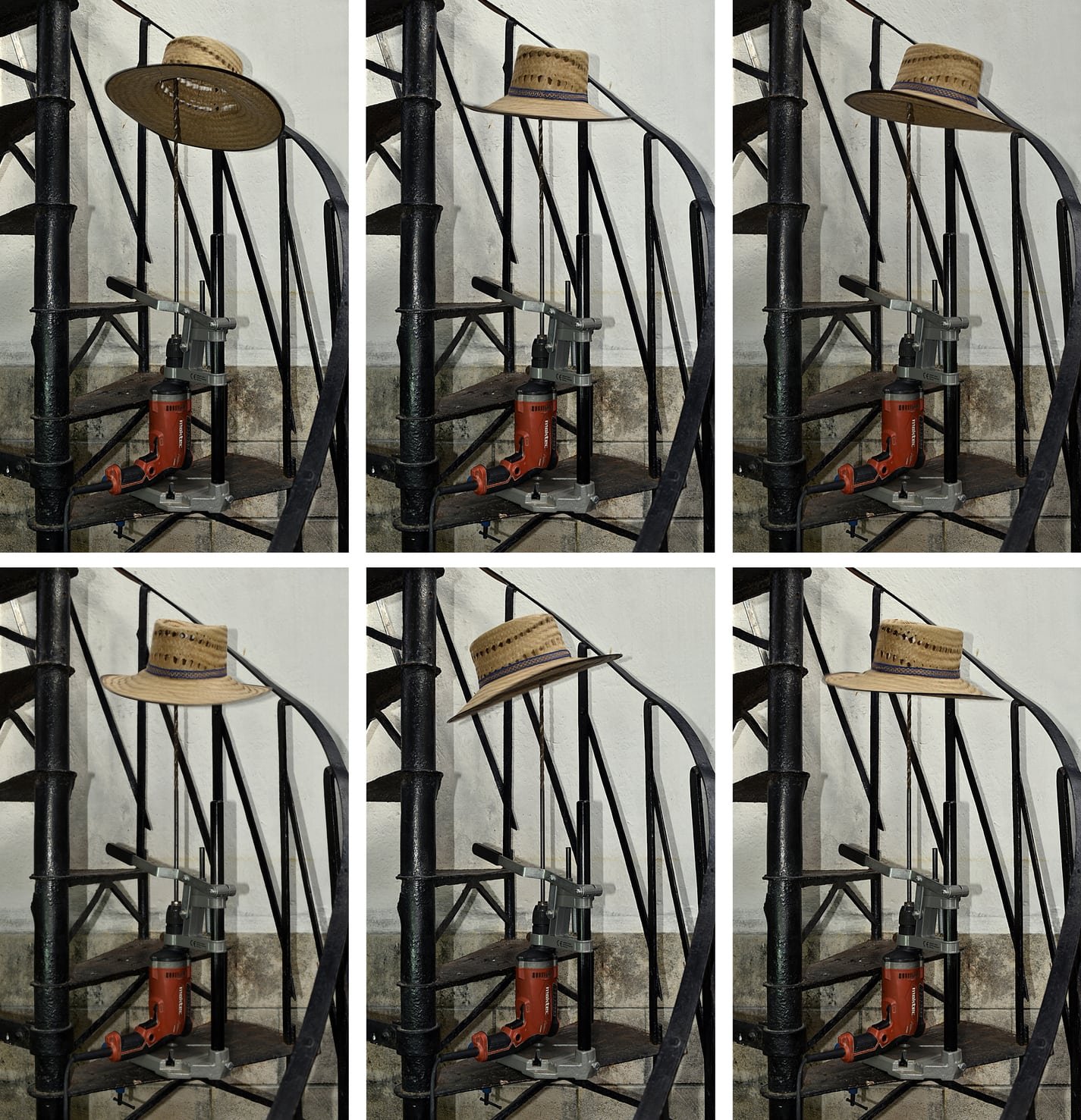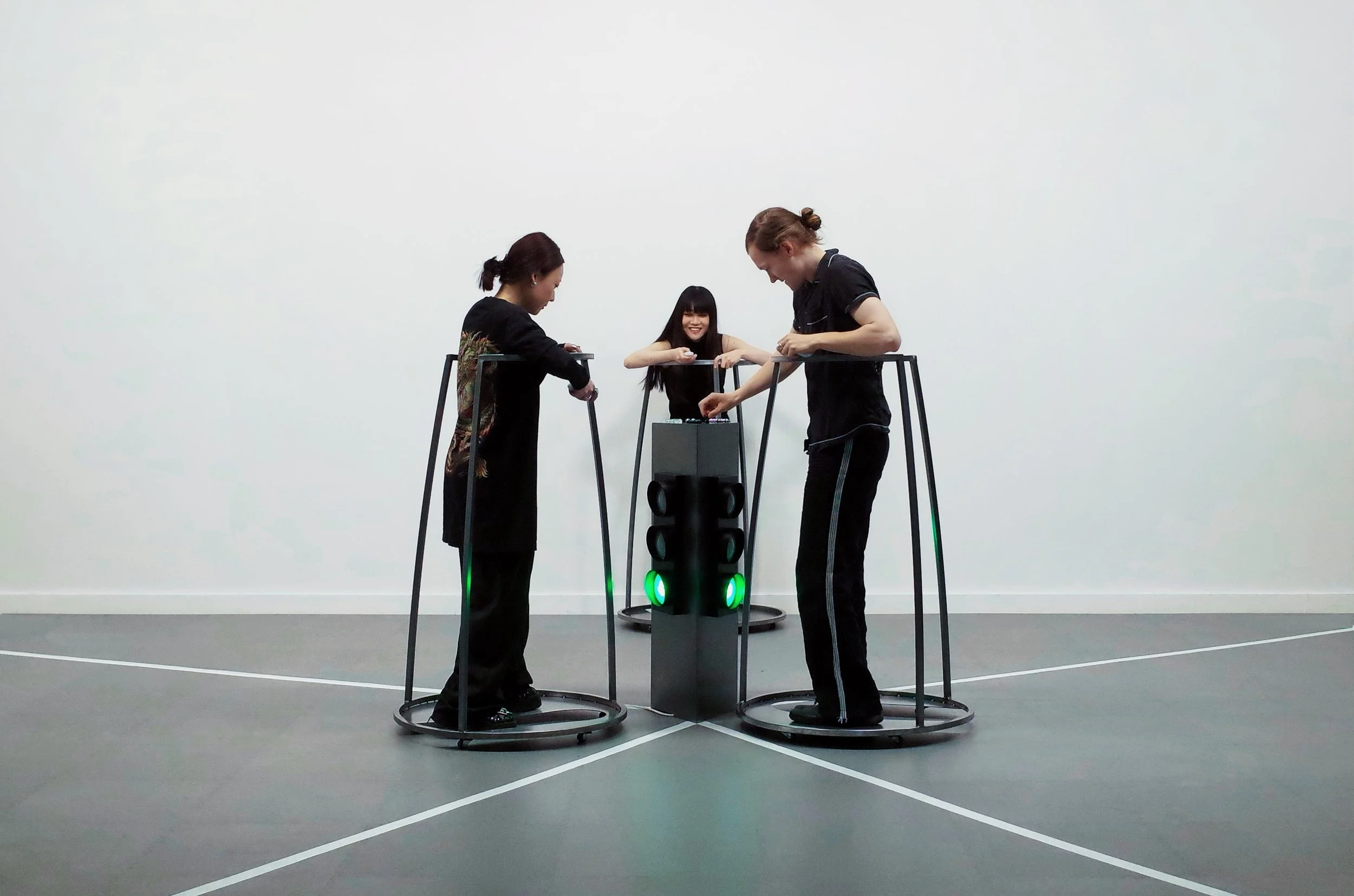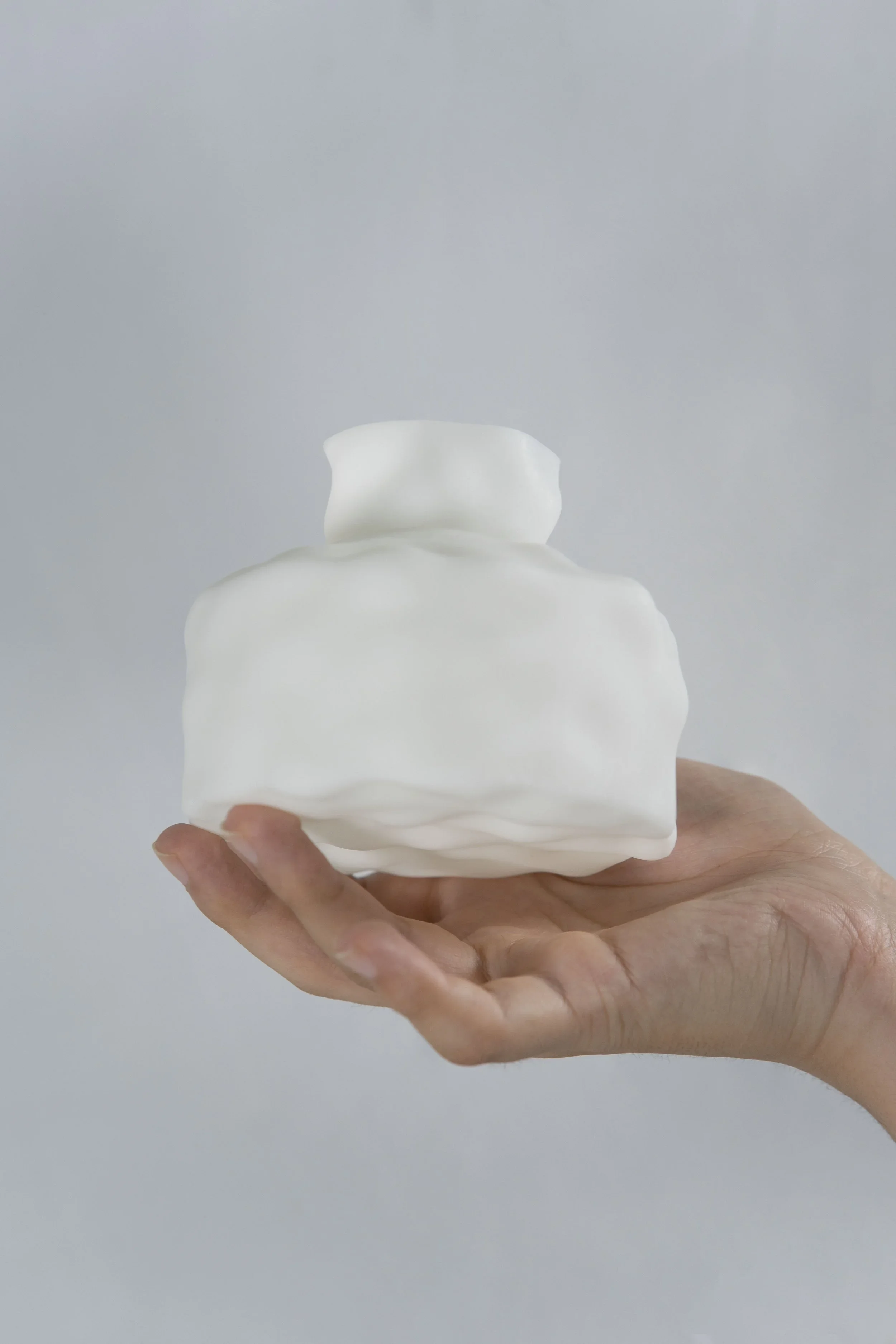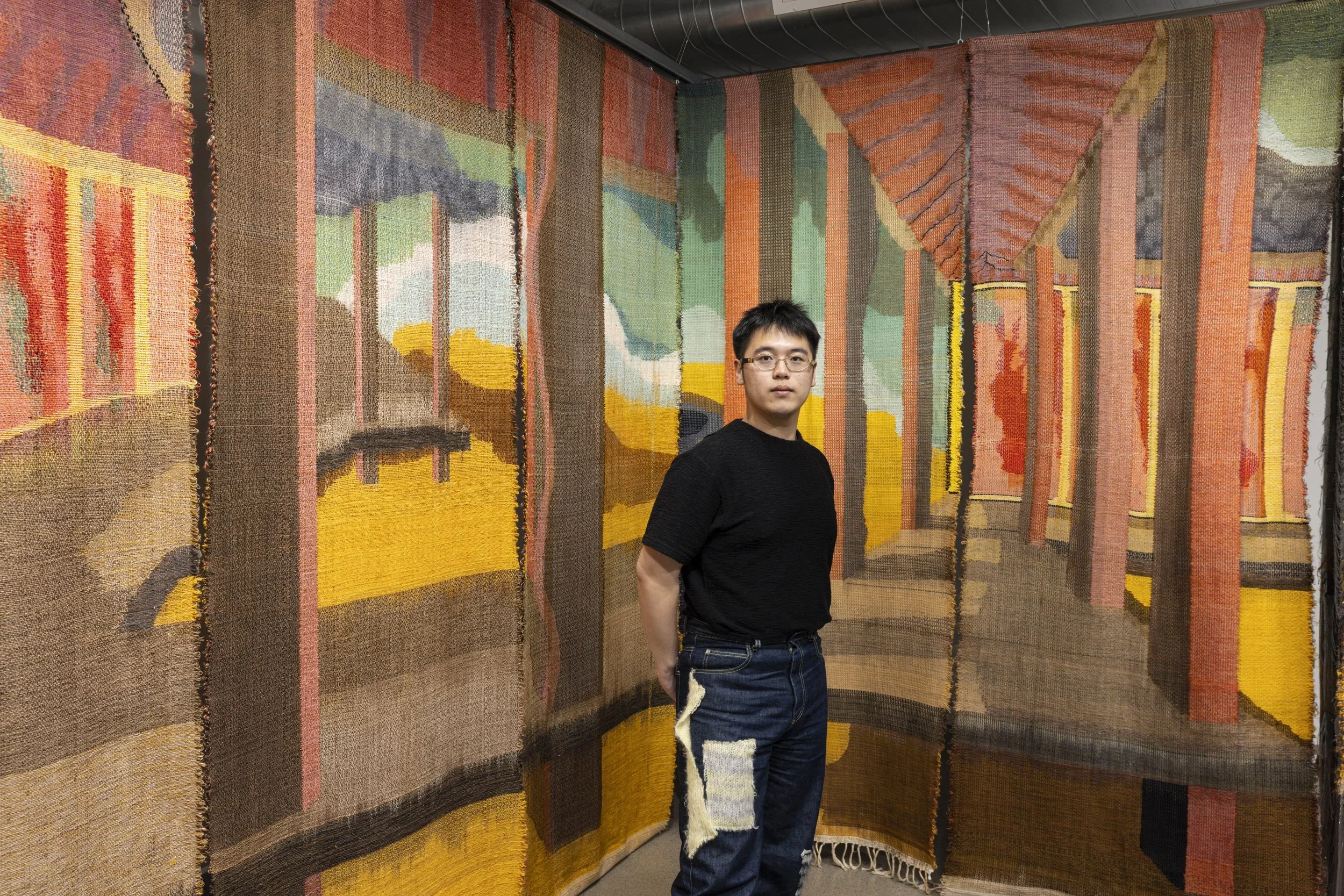10 Questions with Leslie Garcia Blanco
Leslie García Blanco is a visual artist of Cuban origin who lives between Cuba and Switzerland. His work is characterized by the versatility of his staging as well as his constant concern for the poetics of everyday life.
Born in 1987, with a childhood marked by a country immersed in a deep economic crisis, a product, among other things, of the collapse of the socialist camp and the disintegration of the USSR, he grew up and was educated living through processes of important social transformations, where the slogans policies, parades, and speeches were accompanied by great material shortages. Surrounding himself, out of necessity, with objects condemned to prolong their useful life, always ready for constant mutations, with utilities or uses that depend more on the moment and the situation than on the purpose for which they were created, García Blanco finds reasons and procedures that displaces with apparent naturalness and spontaneity to the field of visual arts.
Between 2002-2006 he studied at the Academy of Plastic Arts "Oscar Fernández Morera" Trinidad, Sancti Spíritus, Cuba. And between 2008-2013 he studied the Bachelor of Fine Arts in the specialty of painting, Higher Institute of Art (ISA), City of Havana, Cuba. Throughout his career, he has participated in a variety of exhibitions, both personal and collective, biennials and salons, sometimes obtaining awards and recognition.
Leslie Garcia Blanco - Portrait
ARTIST STATEMENT
My work, in general, could be seen as an exercise in appropriation and alteration of things, which revises, associates, and dissociates in relation to the referents. A series of visual pretexts with autonomous narratives that invite, among other things, to reexamine our conventional relationships with objects, discourses, institutions, laws, etc.; focusing attention on rules or operations that stand out personally for their poetic content. A type of investigation or experiment linked to aesthetic forms that do not make distinctions or preferences for specific media, themes, or techniques.
Ballon or speech bubble, Intervention, condom, dumbbells, 2020 © Leslie Garcia Blanco
Limited edition art collectors’ book
INTERVIEW
First of all, why are you an artist, and when did you first decide to become one?
Since I was little, I have been passionate about drawing; I dedicated hours to it, but that first interest only consisted of something strictly technical. In case I wanted to say or communicate something, I think it was just looking at how well or how badly I did it. I reproduced images of all kinds and had no theme or preference, from cartoon characters captured on television to heroes and martyrs mostly linked to the history of Cuba. Then came the copying of works of art, mostly from the Renaissance period. Something to mention is that I did not have a direct or physical relationship with this type of work, and I did not care either. I was not interested in their real scales, the materials used, not even the fidelity of the photographic printing, taking into account that on many occasions, they were of very poor quality and mostly in black and white. So little by little, I became interested not only in the figuration of the page but also in what was said about it, its author, and what the latter was supposed to have wanted to communicate with the work. This, in a way, was what made me change from encyclopedias of general culture and universal history to books specialized in art. Then came the enrollment in summer workshops, with it the exchange of experiences, knowledge, and books, then the night sessions after classes, until finally entering a full-time art school.
It was such a natural process for me that I don't remember having set out to be an artist or knowing even today why I am one.
Your upbringing seems to have had a significant impact on your current art practice. How is growing up in Cuba reflected in your work?
Cuba is one of those places that leaves traces, especially in those who live it day after day. I don't think I should aim to reflect it. It's there even when you avoid it, when you're gone forever, or when you try not to mention it - for example, now.
On the other hand, I think I have had very good teachers, people who offered me what was within their reach, people who have not only been educators but who are, and I would like to think that they will always be, my friends.
Child's play, Installation, Two interlocking coins (peso macho), spherical clay wedges, variable dimensions, 2019 © Leslie Garcia Blanco
You say it just as well, Intervention, bitter orange plant, (half an orange on the plant, half an orange on the ground), variable dimensions, 2020 © Leslie Garcia Blanco
What is your personal aim as an artist nowadays? And how did your practice evolve over the years?
I don't think I have a clear objective as an artist. I like to say what I think, and discover the paths and the right place for it. Perhaps, in some way, an objective would be to find a state of comfort that allows me to coherently project myself towards myself. I think that's the idea, to feel good about myself.
As for the evolution of my artistic practice, I try not to see it as such, although it is properly supposed to be. Perhaps it is true that the concerns vary, that the staging changes, but since on the one hand, you are more aware of a series of factors, on the other, you also feel more comfortable with the ways of doing things and less interested in modifying what you know it works fine.
Let's say then that, for me, this type of activity is something that mutates, changes, and goes through a series of processes that, accompanied by new experiences, make your concerns be seen or projected in another way. I think that if something has changed in me, more than the way of doing things, it is the way of seeing them, but at the same time, I think that it is also something reciprocal. It is like rearranging the chicken and the egg sometimes. In my opinion, it is a mirage. In the end, we all talk about the same thing, and we've been at it for years. For me, many works are still the ones I copied as a child. They keep telling me the exact same thing, while others don't.
If I look back, I think I have replaced a bit of the technicality of the elaborated object with a planned oversight that is projected from another angle closer to everyday life. Let us think for a moment that it is not just about representing, that in one way or another, it is also about presenting.
You have already worked and exhibited extensively, both in and outside of Cuba. What did you learn about yourself in this process?
I believe that as a human being, you are always learning. There is always something new in what you even apparently know and master. The artist must be by nature restless and dissatisfied, at least that's how I see it. It is clear that when you get used to dialoguing with a certain type of public, you begin to take for granted the things that perhaps, in another context, you need to clarify. This phenomenon is interesting because, in the end, it is a language, one of a not-so-clear nature, but in spite of this, it is necessary to direct the footsteps in the correct direction, as close as possible to what is to be communicated. It is a reality that one as an artist does not have absolute control over how a work should or should not be understood, but if you really want the discourse to somehow reach its destination, you have to use all possible tools to make it legible. They are simply things to keep in mind and that we often forget. We must first be aware of the type of work we do and the risk, or not, that is taken with it, taking into account, among other things, the breadth or elasticity of their speeches. I not only think that art is made for a minority, but also that minority is heterogeneous, diverse, and multicultural, and the first thing we should know, as communicators that we are, is who we are addressing when we speak.
Lost bullet, Installation, projectile, red thread, red balloon, fan, variable dimensions, 2019 © Leslie Garcia Blanco
Wait, now I'll be back, Instalacion, mop, soap bubbler, fan, rope, gaffer tape, variable dimensions, 2020 © Leslie Garcia Blanco
Let's talk about your work. What is your creative process like? And how did you evolve this way of working?
I don't have a ritual to follow. There is no distance or schedule that allows me to separate life from creative work. Perhaps as I said before, I have learned to pay more attention to what surrounds me, to what is almost imperceptible, to direct my gaze precisely where triviality, insignificance, and monotony. To generate a more honest, more human discourse, typical of one who has not had the fortune to set foot on the lunar surface, nor to emerge unscathed and a millionaire after a bank robbery.
As you mention in your statement, your work "could be seen as an exercise in appropriation and alteration of things, which revises, associates and dissociates in relation to the referents". What is your ultimate goal and message you want to communicate with your work?
I don't know if there is something in me like proposing a final goal with what I do, just as I don't know if I want to communicate something from the point of view of my work in general. If I think I have constant worries, which are repeated both consciously in some cases and unconsciously in others; be they political, aesthetic, philosophical, etc. Some are more ephemeral and superficial, others a little deeper and relevant, so to speak. If in some way I consider something with my work, perhaps it is that it behaves as a kind of story or tale, that it is not being narrated solely from it, but that in order to be told, reciprocity is needed, that it be a pretext for complicity between artist and public, a point of contact for the exchange of experiences and feelings.
Is there anything you would like to experiment with?
I imagine that with everything, in the end, it is a bit what I do, repeat myself and reproduce myself in various ways in everything I meet.
Western chill out, Intervention, Drill, base for fixed drill, auger, hat, Variable dimensions, 2020 © Leslie Garcia Blanco
What do you think about the art community and market? And how did your perception change over the last years due to the pandemic?
If we talk about the art market, I don't think I'm the right person. I don't feel like a great connoisseur on the subject. The pandemic, with respect to that, I don't think will influence me that much. However, we all know that we have made changes to our way of life, and how we face our daily lives in each of the sectors. Art, and with it artists, were not alien to the phenomenon, but in some way, alternative ways were found to be present, to somehow continue to exist.
Today, luckily, everything is back to normal, or at least that's what it looks like so far.
Did you participate in any online exhibitions or art fairs? And what are your thoughts on the increasing popularity of digital art and exhibitions?
Yes, I have participated in online exhibitions, I have made some works that are just software, and I have created others with the intention that they work only on the network. It seems to me that it is a field as valid, broad, and interesting as any other and to which I confess I am also attracted.
In my view, the error of some is in believing that this "new" way of doing things will replace everything that has preceded it. The reality is that it is not art that has been digitized, life in general has done so, and that apparent popularity is not something as typical of art as it is of the means with which a large part of it is revealed to us. On the other hand, the borders or margins that separate a producer from a consumer of content have vanished. Today the average individual continuously consumes and generates a large part of his reality through countless pieces of information that come and go in equal measure. The devices, with their benefits, guarantee us immediacy and a high degree of visibility through the different networks. But I don't think that this is enough.
Art, in my opinion, is a language, a tongue, an alphabet, orthographic rules, people who speak it, transcribe it, etc. Simplifying everything to a medium would be as naive as having a dictionary in our hands and thinking that, because it is essentially contained, we are going to read all of universal literature in one go through this single book.
Nothing is forever, Intervencion, electric racket (kills insects) and fountain, variable dimensions, 2022 © Leslie Garcia Blanco
And lastly, what are you working on now, and what are your plans for the future? Anything exciting you can tell us about?
I like to work on several things at the same time. Let's say that it is a strategy that I put into practice to keep myself active and on the move. It allows me not to settle only for one way of doing things. Under this system, there are works that I drag for years, others that, instead, I let rest for a while and then return to them. It is better that when the muse arrives, she finds you working. In the absence of having plans for the future, I will tell you a little about one of these works and its process.
As if to contextualize the work, I should say that in Cuba, the Ministry of Informatics and Communications maintains restrictions on access to websites that, in its opinion, encourage and promote acts contrary to human dignity and integrity or that in any way violate the order legal established on the island. This fact associated with "the lack of connection" has generated alternative offline mechanisms that give access to said content, added to many others such as shows, soap operas, series, video games, music, software, etc., generating a kind of culture of consumption and up-to-date and fluid information exchange outside the Internet.
4P (Political-Polysemic-Pornographic-Product) is, in principle, a website project created from somewhat abstract animations that arise from scanning pornographic movies played on portable devices. The result, these apparently static images that contain instances of a film within them, is reissued respecting their sequentiality to now become GIF, a format that blurs the borders between video and images a little. They are then somehow returned to their place of origin, the internet. No film of this genre is downloaded directly but is collected through external devices where in most cases, the files have been manipulated or renamed; these names are the ones that each film now has. The scanning procedure not only alters the image from the concept of movement, but also noticeably transforms the coloration, becoming almost monochrome while muting. Another curious thing to mention is that the results would be different over and over again if the same film was subjected to exactly the same process.
Anything exciting I can tell you? I am going to be a father for the second time, this time of 2 girls.

